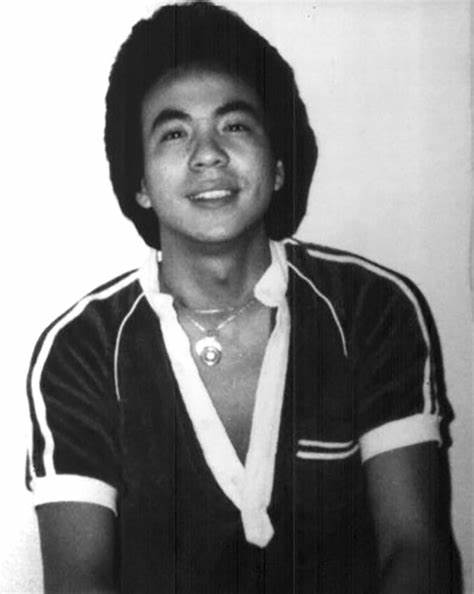The Murder of Vincent Chin
By Charlotte Auh | July 6th, 2022
It is no secret that Asian American/Pacific Islander history is often overlooked, improperly told, or villainized in American history books. Even though the topic of today’s blog was monumental and crucial for Asian Americans at the time, many of us are probably asking, “Vincent Who?”. The 35th episode of the Asian American History 101 podcast hosted by Gen and Ted Lai covers The Murder of Vincent Chin.
Two weeks ago, June 19th, 2022, marked the 40-year anniversary of the attack on Vincent Chin, a Chinese-American living in Michigan. To fully explain Vincent’s death, we must first explore the decades-long conflict of the automobile industry which lead to his murder. In the 1920s, several major automobile companies opened factories in Detroit. Later, to avoid paying United States-standard salaries, automobile companies moved their factories off U.S. soil. By the 1980s, Japan had taken the title of world leader in the automobile industry from the U.S. because of their smaller, more fuel-efficient cars. Though American automobile companies had been the ones to originally move their companies to Japanese soil, American auto-workers were quick to condemn Asian Americans for the decline in jobs. As Gen Lai puts it, “blaming Asians was easy”.
Vincent Chin, celebrating his bachelor party, found himself in the same strip club as two White men on the night of June 19th, 1982: Ronald Ebens and his stepson, Michael Nitz who had recently been laid off by Chrysler. Witnesses claim to have heard Ebens confront Vincent, saying “it’s because of you little motherf*****s that we’re out of work” to which Vincent replied by punching Ebens in the face. Vincent, Ebens, and Nitz were all kicked out of the club for fighting and continued brawling in the parking lot. When Ebens retrieved a baseball bat from his car, Vincent and his friends left. Ebens and Nitz then spent 20 minutes searching for Vincent, reportedly paying a third man to help them. They found Vincent at a nearby McDonald’s, where Nitz held him down while Ebens beat him with the baseball bat. Vincent was declared brain dead at Henry Ford Hospital and died on June 23rd, 1982. His last words, whispered to his friend before he lost consciousness, were “it’s not fair”. At the time, Michigan crime statistics did not include an Asian ethnicity option, so Vincent was listed as White.
This brutal killing did not originally garner a lot of national attention, rather it was considered a “local story”. However, like other modern hate crimes, it was the ruling that angered the AAPI community and its allies nationwide. Ebens and Nitz were originally charged with second-degree murder, though a plea bargain brought this charge down to manslaughter. They were each sentenced by Judge Charles Kaufman to 3 years of probation (no jail time) and fined $3000. In defense of this ruling, Judge Kaufman said “These weren't the kind of men you send to jail... You don't make the punishment fit the crime; you make the punishment fit the criminal”.
Kaufman’s outrageous logic served as a catalyst for Asian Americans to band together. The American Citizens of Justice (AJC) was created and, headed by a group of Asian American community leaders, petitioned the U.S. Department of Justice to investigate Vincent’s case as a violation of his civil rights. The Department of Justice did open an investigation, which served as “the first time Asian Americans were protected in a federal civil rights prosecution”, because they were not previously viewed as a protected class. In 1984, the U.S. district court sentenced Ebens to 25 years in prison, though he was released 2 years later because of improper prosecution witness coaching. Vincent’s mother was left without a son and justice, saying “What kind of law is this? What kind of justice?...If two Chinese killed a White person, they must go to jail. Maybe for their whole lives. Something is wrong with this country”. 40 years later, we are still left wondering what kind of justice exists for perpetrators of hate crimes. By educating ourselves on Vincent’s story, we acknowledge the anti-Asian racism that has long existed in the United States and ensure that Vincent’s death was not in vain. As Hua Hsu wrote in the New Yorker, “It could have been any one of us. It can be all of us, together.”
